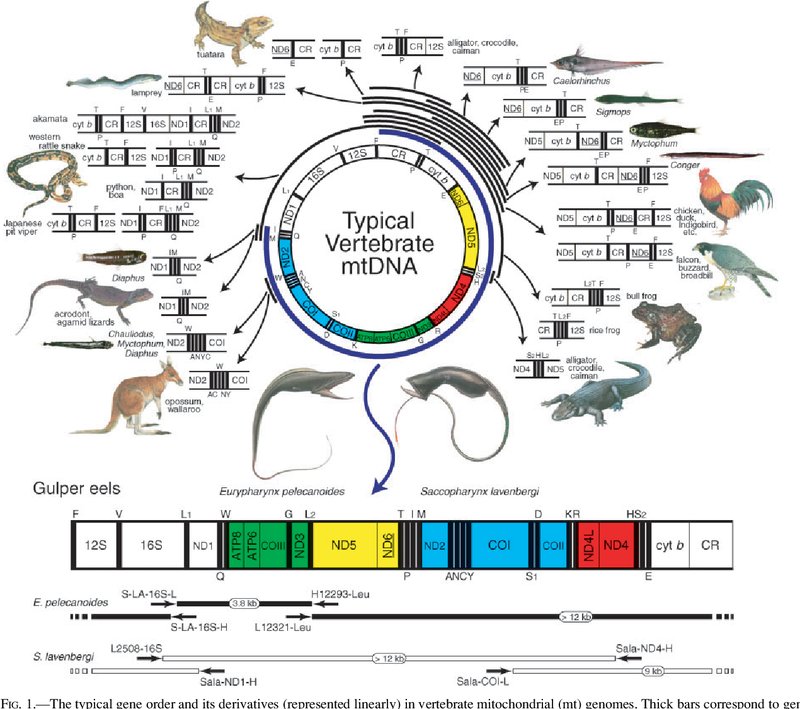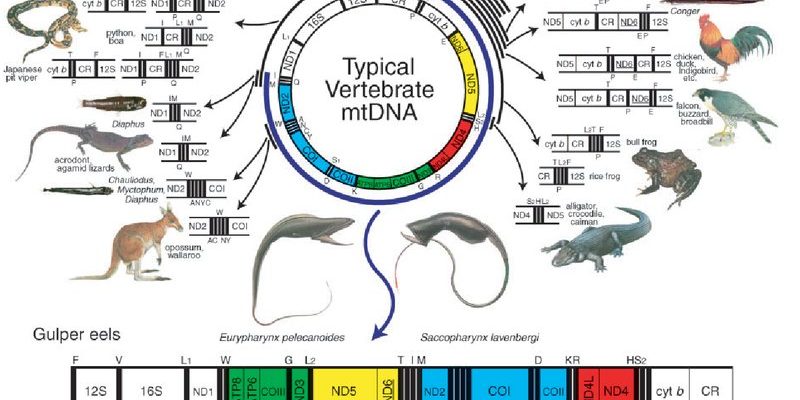
Eels belong to a group known as “anguilliformes,” which simply means they have a unique, elongated shape. But their story goes far beyond just being a fish with an odd shape. Eels have a complex life cycle and navigate vast distances between their breeding and feeding grounds. They’re not just slimy creatures that lurk in the water; they have a history that intertwines with our own, often taking unexpected twists and turns that lead them to their habitats.
The Mysterious Origins of Eels
You might be surprised to learn that eels have been around for over 100 million years. Fossil evidence suggests that their ancestors were swimming alongside the dinosaurs. Just imagine what the world must have looked like back then! Eels likely evolved to adapt to their environment, allowing them to thrive in both freshwater and saltwater habitats.
Here’s the thing: their origins are still a bit shrouded in mystery. Scientists know that eels belong to a group of fish called teleosts, but the specific evolution of eels remains unclear. They’re thought to have originated in the Tethys Sea, a prehistoric ocean that connected the Mediterranean and Indo-Pacific regions. Over time, as continents shifted and climates changed, these fish adapted their lifestyles to survive.
Interestingly, eels are also closely related to other fish, such as catfish and lampreys. Their shared characteristics hint at a fascinating evolutionary history. Their long, slender bodies allow them to navigate through tight spaces, making them adept hunters. Plus, their smooth skin helps them glide effortlessly through the water. This adaptability has been key to their survival for millions of years.
The Life Cycle: An Epic Migration
Eels have one of the most remarkable life cycles in the animal kingdom. It all begins in a mysterious place known as the Sargasso Sea, located in the western Atlantic Ocean. Here, adult eels migrate thousands of miles to spawn. Imagine a road trip, but instead of hopping in a car, they’re swimming through vast ocean currents.
After they spawn, the baby eels, called leptocephali, float along the ocean currents for several months. They’re tiny, transparent, and almost look like little pieces of seaweed. As they near the coast, they transform into glass eels, taking on a more eel-like shape. At this stage, they might be mistaken for small snakes!
When the glass eels enter rivers or estuaries, they grow into what we call yellow eels. These eels can live for many years, usually between 6 to 20 years, feeding and growing, all while adapting to their environment. Eventually, they’ll begin their long journey back to the Sargasso Sea to spawn, repeating their epic migration. This cycle is not only fascinating but also crucial to their survival and reproduction.
The Unique Adaptations of Eels
Eels have developed some pretty incredible adaptations that help them thrive in various environments. For starters, their slimy skin serves multiple purposes. It protects them from parasites and allows them to glide smoothly through water. This sliminess is not just for show; it’s a critical part of their survival strategy.
Another unique feature is their ability to breathe both through gills and, in some species, through their skin. This adaptation allows them to survive in low-oxygen environments, such as muddy waters. Imagine being able to breathe underwater like a fish, but also having the capability to exist in murky ponds where other fish might struggle!
Eels are also remarkable swimmers. With their undulating movements, they can navigate through tight spaces and rapidly change direction. This agility makes them effective hunters, whether they’re lurking in riverbeds or swimming in the open ocean. They primarily feed on crustaceans, fish, and worms, using their keen senses to detect prey.
Cultural Significance and Myths
The eel has captured human imagination for ages. Across cultures, these creatures have been woven into myths, legends, and even cuisine. For example, in ancient Greek mythology, the eel was often associated with the sea god Poseidon, symbolizing adaptability and transformation.
In Japan, eels are considered a delicacy and are often grilled and served on rice. The Japanese have a long tradition of enjoying eel dishes, especially during the summer months, believing that eating eel boosts stamina. Isn’t it interesting how different cultures embrace the eel in their own unique ways?
Additionally, eels have become symbolic in literature and art. From the mysterious creature in literary works to the elusive fish depicted in traditional art, their representation often reflects human fascination with the unknown. They embody the mystery of the natural world, reminding us of the incredible diversity of life around us.
Conservation Challenges
Despite their fascinating journey, eels face significant conservation challenges. Overfishing, habitat loss, and pollution are just a few of the threats that have led to declining populations. You might be wondering, “How does this affect us?” Well, the decline of any species can disrupt entire ecosystems. Eels play a vital role in maintaining the balance of aquatic environments, and their absence can have ripple effects on other species.
Regulations have been put in place in some regions to protect eels, but enforcement can be tricky. Many people still fish for eels without fully understanding their ecological role. It’s essential for all of us to increase awareness about the challenges eels face and promote sustainable fishing practices.
Additionally, habitat restoration efforts can help revive local populations. Protecting spawning grounds and reducing pollution are crucial steps in ensuring eels continue their incredible journey for generations to come.
The Future of Eels
As we look ahead, the future of eels remains uncertain. Researchers are working hard to understand their migration patterns and breeding habits to help protect them. The more we learn about these creatures, the better equipped we are to advocate for their survival.
Technological advancements like tracking devices are providing new insights into their behavior and migration. By understanding their movements better, we can create more effective conservation strategies. It’s like piecing together a puzzle; every piece of information helps form a clearer picture of their needs.
Let’s not forget the importance of public engagement. By sharing knowledge and spreading awareness about eels, we can inspire others to take action. Whether it’s through local conservation initiatives or simply sharing what we learn, we all can play a part in protecting these incredible creatures.
In conclusion, the evolutionary journey of the eel is a remarkable tale filled with mystery and wonder. From their ancient origins to their incredible life cycle, these slippery swimmers have captivated our hearts and minds. As we continue to uncover their secrets, let’s work together to ensure their survival for future generations. After all, the story of the eel is not just about them; it reflects our connection to the natural world and our responsibility to protect it.

